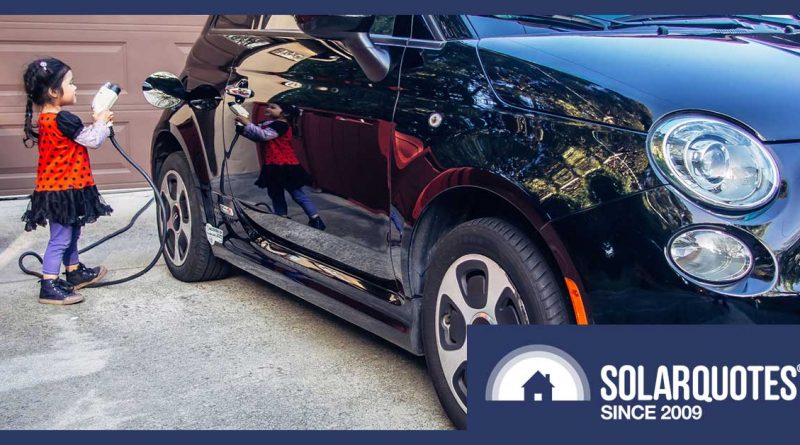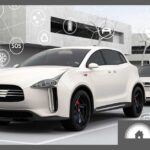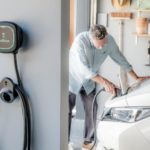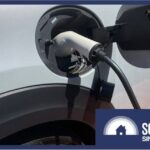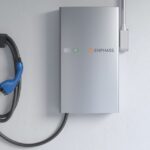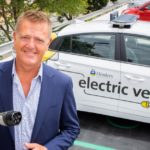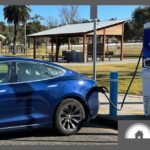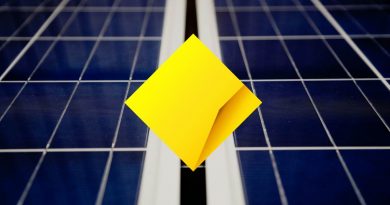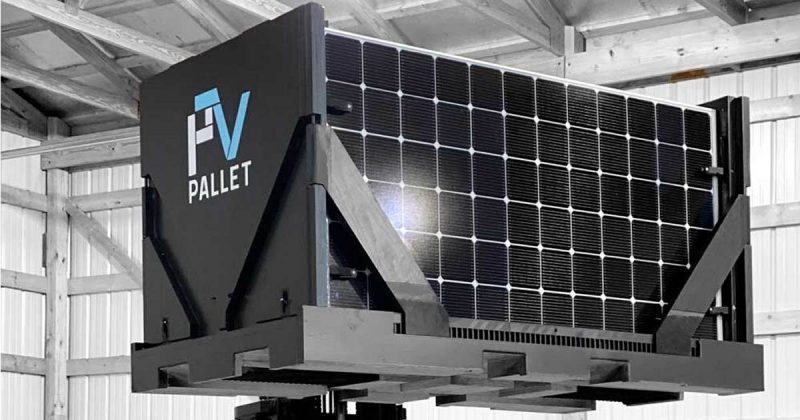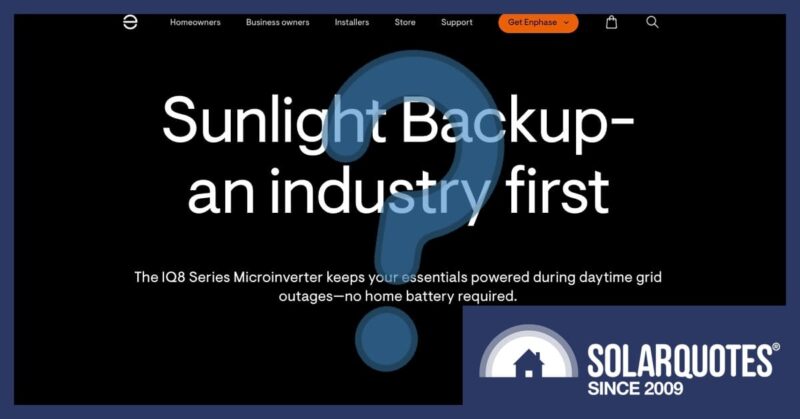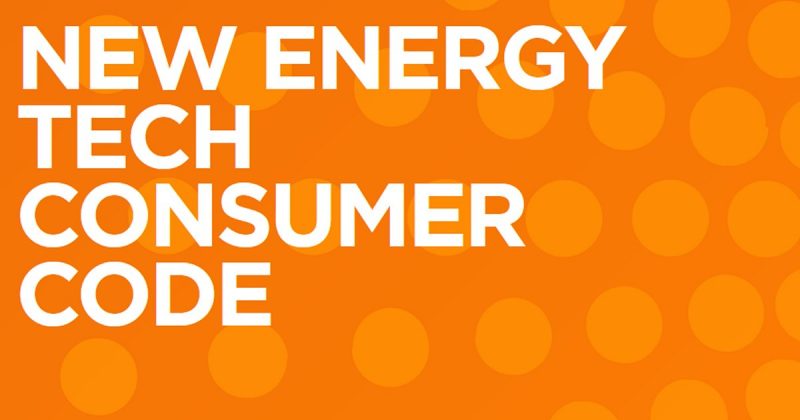Ergon Readies Plan To Teach EV Owners How To Play Nice With The Grid
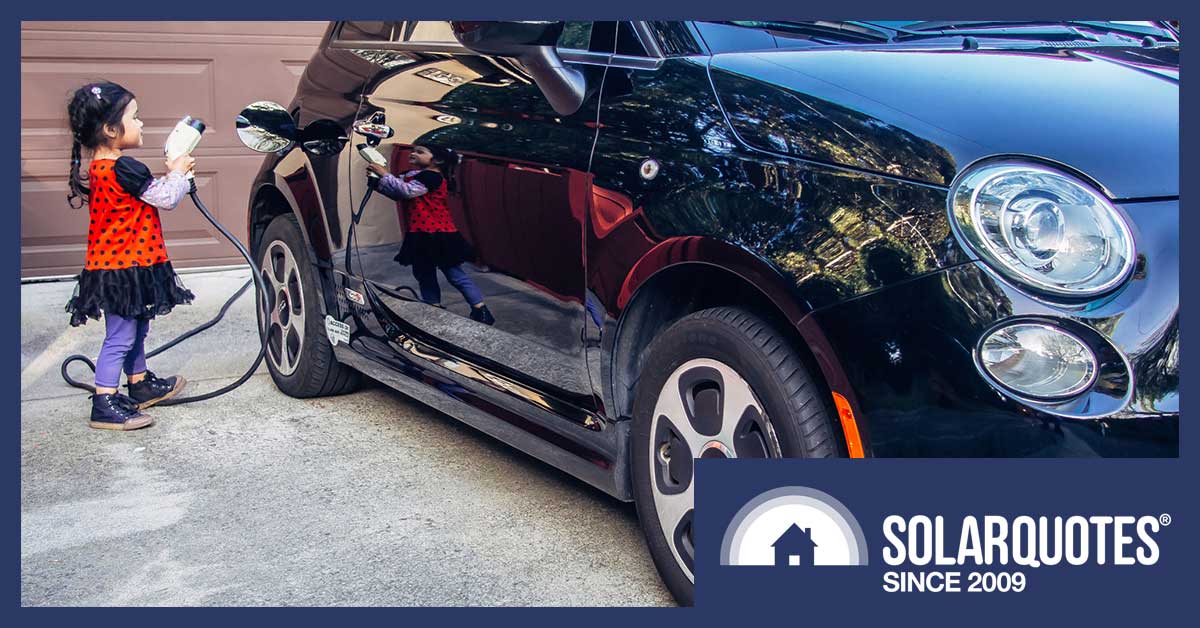
I’ve heard lots of predictions about electric vehicles’ role as storage in a renewable energy future. But it’s never before occurred to me that networks might encourage EV owners of the future to fill up their cars at a charging station during the daytime, specifically so they can use that electricity to power their home at night.
That’s a suggestion offered almost as an aside in an Ergon Energy paper setting out the network’s possible approaches to managing a network that has to keep Queensland’s future electric vehicle fleet on the road.
Here’s what Ergon Energy says in this report, its “Network EV Tactical Plan”:
“It is likely that a small but growing number of owners of V2G [vehicle-to-grid – SolarQuotes] capable EVs may seek to discharge energy from their EV to their building or home, and possibly even export it to the grid.
“In addition, some customers with V2G-capable EVs could be compelled to charge their vehicle at public charging stations, sometimes at no cost, and bring that energy home to power their house, potentially daily. This concept may even be more cost-effective than also investing in stationary batteries in the home”.
“Compelled”, yes! It seems that Ergon, worried about how to manage daytime over-voltage in a renewables-heavy grid, thinks it might be worth giving away excess electrons for electric vehicle owners to store and take home.
That’s pretty much an aside in the tactical plan, which centres on working out what a rising number of EVs might do to power networks, and what networks need to do to mitigate their potential impacts.
Behaviour Needs Management, Not Just Tech
It’s clear, as is so often the case, the soft sciences are going to be as important in managing the transition as technological implementations. It’s clear in the report that managing EV owner behaviour is a key part of managing network impacts.
EV owners pose a challenge for the grid because they don’t really know how their behaviour impacts the grid, and right now the incentives to charge in a grid-smart way are relatively new. Ergon and Energex both consider EVs in their Tariff Structure Statements published in July this year, and offers from AGL, Powershop and Ergon Energy Retail have only emerged since 2019.
As Ergon Energy notes in this discussion paper, most EV owners prioritise convenience and affordability, and their behaviours in general fall into “top-up” or “fill up”, oblivious to their impact on the network.
As electric vehicles multiply, both behaviours will pose issues for networks. Filling up the 100kWh capacity of a depleted Tesla Model S “consumes in a few hours as much electricity as an average household consumes in a week”, the paper noted. And attached to a 3-phase charger it can draw about four times as much power as the typical home – which offers a worrying future to the networks if a bunch of commuters need a fill-up during the evening peak.
Even those who favour top-up are a challenge: “the potential aggregated, coincidental impact (in both kW and kWh contexts) on the network of many EVs topping up and filling up could still be significant”, the report said.
Get Charging Away From Peaks
It’s unfair to sheet user behaviour down to cluelessness when the networks themselves are finding renewable energy integration hard to manage!
What’s needed is to align user behaviour with what the network needs:
“Our modelling indicates that a high penetration of EVs could be serviced by the existing network, provided most charging occurs at off-peak times in the longer term.”
Here are the ten tactics Ergon reckons will help:
- Engage with EV salespeople, EV charger installers and owners about electric vehicle charging options;
- Enhance the network connection process for both private and public EV charging stations;
- Scope potential energy management opportunities presented by EVs;
- Enable Vehicle-to-Grid (including Vehicle-to-Building) electric vehicle connections;
- Implement mechanisms to identify EV charger locations;
- Develop an EV data repository;
- Deploy research into EV charging behaviours, network impacts and EV owner experiences;
- Deploy a stakeholder engagement framework;
- Establish network monitoring in areas of high EV penetration; and
- Quantify the benefits to the network business of the customer adoption of electric vehicles.
We’re not going to go into detail on all ten of these – and after all, some, such as the networks’ need to know where there are high concentrations of EVs (and their battery capacity and charge rates) and a database of charger locations, are pretty obvious.
Ergon’s paper notes that currently, the EV owner gets very little of their information about charging from electric vehicle salespeople (who have a “generally low understanding … of the electricity tariff options for EV charging”). Rather, the customer gets referred to the EV charger installer for that information.
Ergon is hoping with the right engagement, EV sellers will help get tariff information in front of buyers so they choose tariffs that move electric vehicle charging away from peak demand period.
Related: The Homeowner’s Guide To Solar Power And Electric Cars
Original Source: https://www.solarquotes.com.au/blog/ergon-ev-charging-plan/

